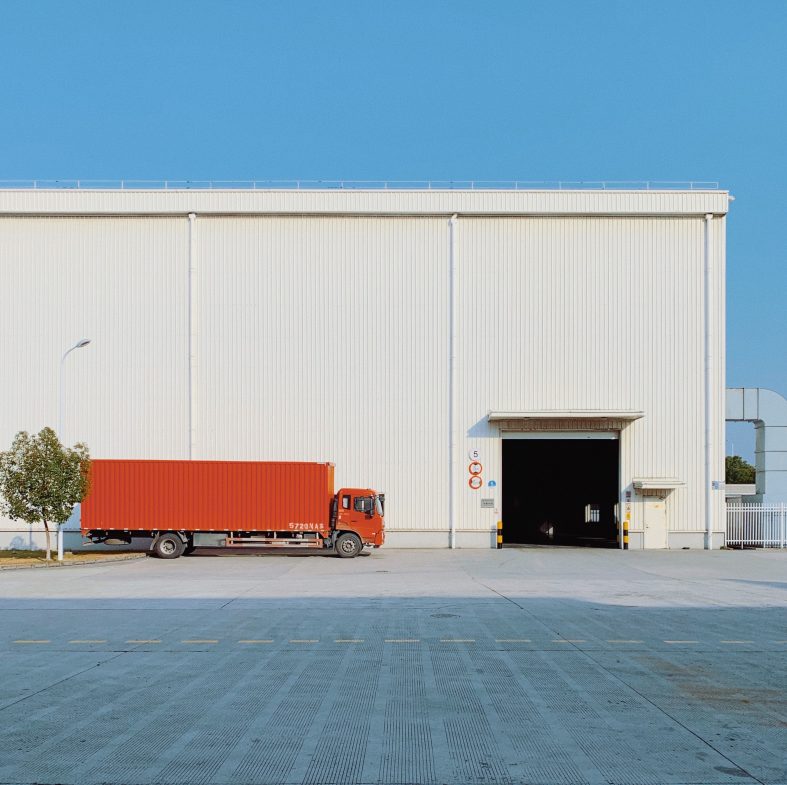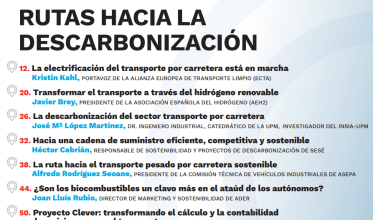Position paper of the European Clean Trucking Alliance: The European Commission Sustainable and Smart Mobility Strategy
The members of the European Clean Trucking Alliance believe that the Sustainable and Smart Mobility Strategy, to be adopted by the European Commission in December, is the opportunity for Europe to set a clear pathway for decarbonising the road freight sector. In order to achieve this goal, we call on the European Commission to announce in the Strategy concrete measures in the following three key areas:
- Financing measures to support the road freight industry to make use of zero-emission trucks during early transition.
- Regulatory incentives to accelerate the supply of zero-emission trucks.
- Regulatory measures to accelerate the roll-out of private and public infrastructure for zero-emission vehicles.1
Furthermore, we call on the European Commission to use this Strategy as an occasion to set a clear pathway for zero-emission trucking, which would give the automotive industry as well as the logistics sector investment certainty. We recall that investing in new trucks and vehicles represent significant costs that need to be made with long term economic stability in mind. Without such incentives, the majority of transport operators will continue to rely on fossil-based fuels.
Today, the prices of electrified trucks are significantly higher than trucks running on fossil-based fuels. This gap needs to be closed rapidly. This means defining a clear and concrete roadmap now on how to shift away from fossil fuels and identifying direct electrification and hydrogen as the main technologies for decarbonising the road freight sector, while still recognising that other technologies will play a role in the coming decade.
Regarding financing, we thus call on the European Commission to set up, under the European Investment Fund, a voucher scheme —that is easily accessible for SMEs— to cover at least 50% of the additional purchase costs of zero-emission trucks, as well as a standardised loan for installing private charging infrastructure.
The following regulatory incentives to accelerate the supply and uptake of zero-emission trucks should also be envisaged:
- Revise the CO2 performance standards for heavy-duty vehicles to include all types of trucks and trailers by 2022 at the very latest. In this proposal, the ambition of the targets will need to be in line with the revised 2030 climate targets and ambition of the Green Deal. In particular, it should strongly accelerate the supply of zero-emission trucks, which is currently clearly lacking.
- Use the revision of the Energy Taxation Directive to introduce adequate incentives to speed up the switch from fossil fuels to zero-emission. Member States should be allowed to apply tax discounts or exemptions for the renewable electricity used for charging trucks and for producing green hydrogen according to the environmental benefit.
- Underline the importance of road user charging differentiated according to the CO2 emission performance of the vehicles. In this context, the adoption of the revised Eurovignette Directive should happen with no further delay. The final Directive should include CO2 based road charging as well as offering a substantial toll discount for zero-emission trucks or an exemption for a limited period of time. The road charging income at least partially should be used for investments/incentives for zero-emission trucks and other CO2 reduction measures. This would strongly improve the total costs of ownership of zero-emission and fuel-efficient vehicles.
In order to accelerate the roll-out of private and public infrastructure for zero-emission vehicles, we call on the Commission to adopt the following measures in the upcoming regulatory revisions:
- Use the Revision of the Alternative Fuels Infrastructure Directive (AFID) to accelerate the deployment of zero-emission truck infrastructure — which is currently lacking — and ensure a coordinated rollout to avoid any bottlenecks for cross-border road freight. This means recharging points, electric road systems and green hydrogen refuelling stations. The new regulation should foster focus investments in zero-emission vehicle infrastructure
- Use TEN-T revision to set up zero-emission road freight corridors like the existing rail freight corridors.
New flagship initiatives
The members of the European Clean Trucking Alliance (ECTA) support also the launch of an EU Zero-Emission Trucking Initiative that would provide a forum for the sector to discuss the modality of the transition to zero-emission road freight transport. The initiative could allow relevant stakeholders such as the members of the European Clean Trucking Alliance, manufacturers, regulators, local authorities and others to discuss together the timing and how to implement a phase-out of the internal combustion engine for trucks as well as the specific needs for zero-emission infrastructure across Europe.
Moreover, we call on the Commission to relaunch the initiative ‘CO2-free city logistics by 2030’ that was announced in the 2011 White Paper, “Roadmap to a Single European Transport Area”, and make it concrete. This means introducing a Clean City Logistics Initiative, involving member states, local authorities and logistics players to accelerate the transition to zero-emission freight operations, encouraging also the optimisation of freight activities. This requires a systemic and integrated approach including urban planning, infrastructure and energy for zero tailpipe emission logistics. The initiative could support a number of actions to stimulate the zero-emission freight vehicle market, such as:
- a coordinated approach and timing for the introduction of zero-emission zones for freight, accompanied by reward and fleet recognition schemes;
- clear noise emission requirements to ensure that e-trucks which are much quieter than “traditional” trucks with Internal combustion engines, can drive in the cities by night;
- public-private partnerships;
- setting zero-emission criteria and allocate dedicated EU funding lines for the public procurement of city fleets by public authorities.
Finally, it could promote the exchange of best practices and knowledge, especially about incentives and other supporting measures, including the deployment of a freight-specific charging infrastructure network.
Notes
1 This means hydrogen, battery electric vehicles and electric road systems.





